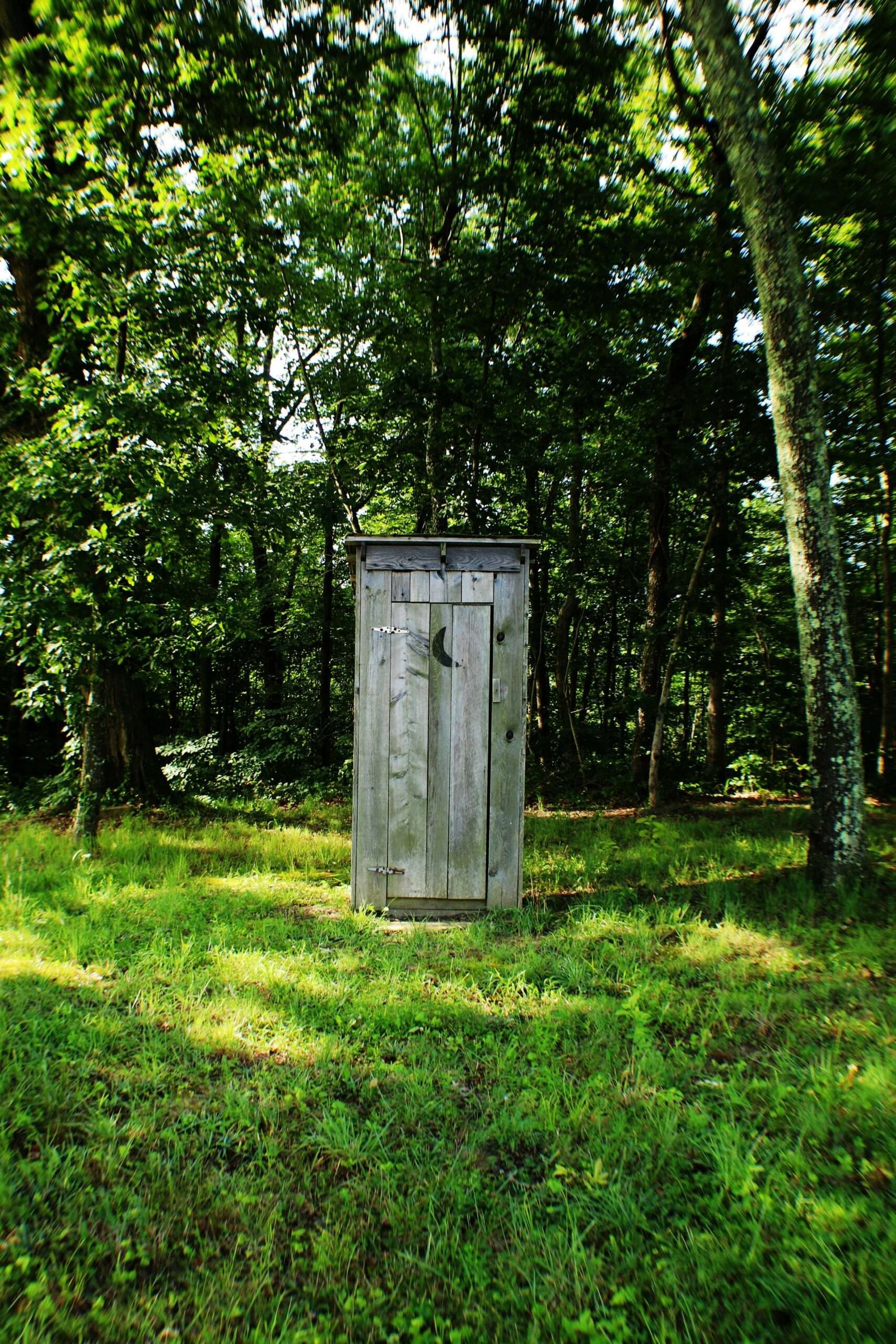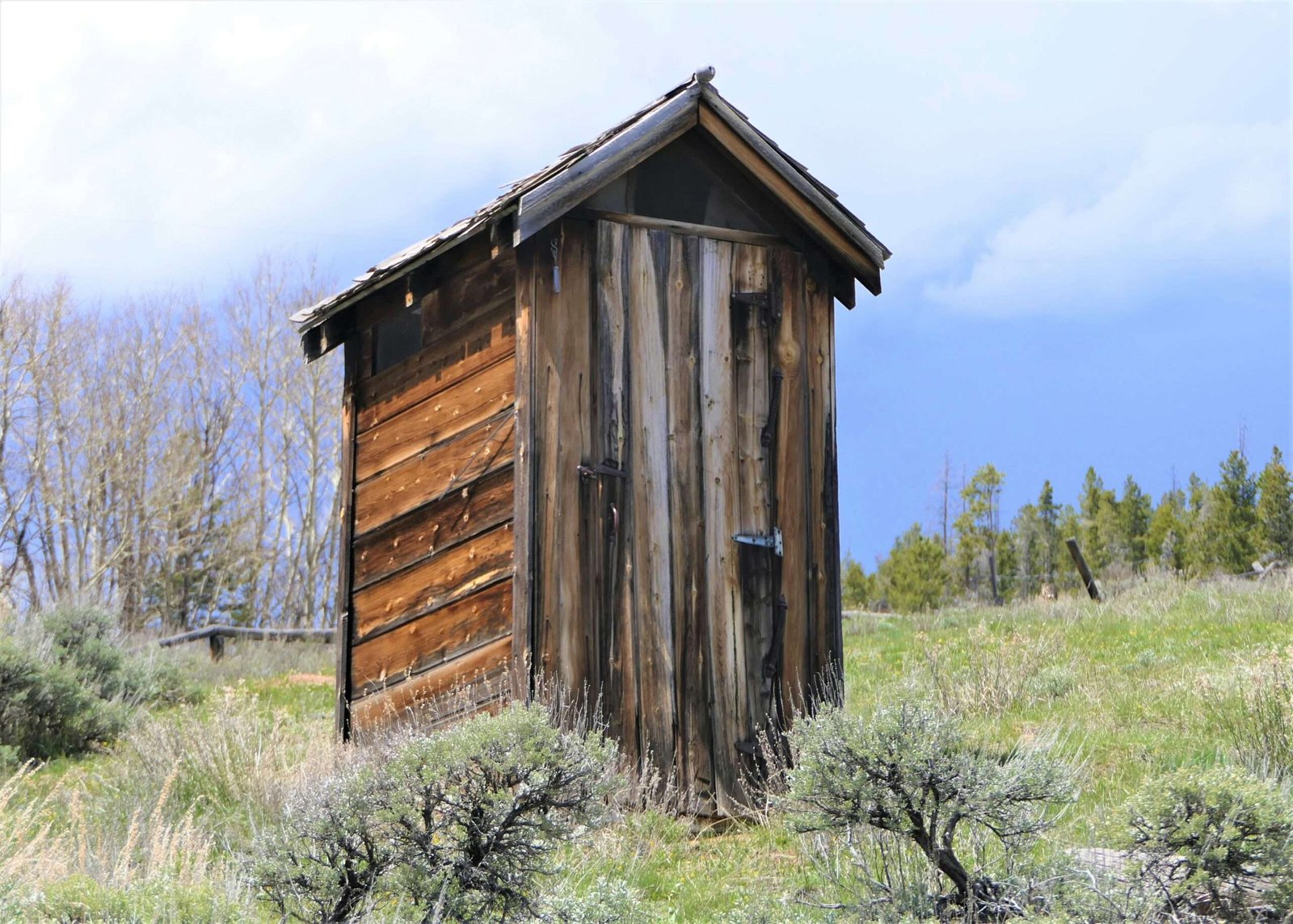
Introduction to Outhouses
An outhouse, an outbuilding of a latrine, can be defined as an outdoor toilet that is normally located within a distance from the main structure. It acts as a simple form of sanitation, especially in rural areas or places without running water supply and drainage systems. Outhouses are widely believed to have originated as a way to enable the practicing of proper sanitation in communities where there was no access to sanitary plumbing system in the past.
The main purpose of an outhouse is to allow human beings to dispose of their waste where they do not have to live. Traditionally such structures consist of a simple timber or Concrete bench placed over a pit where wastes are deposited. Most cases have a basic level of protection in the form of a door, and possibly a window with sidewalls made of timber, corrugated iron or other materials, depending on what s available and the culture. Even as plumbing facilities became more common and standards of sanitary comfort improved, such structures are still used more so in far flung places or in places where common plumbing facilities do not exist.
Latrines have changed with time and across geographies. In certain places they have been elaborately crafted, becoming both functional and beautiful elements of the landscape. Outhouses have retained their hold even for camps or community gatherings because of their usefulness. These structures are not only important for sanitation but also represent simpler lifestyles. The timelessness and perennial use of Outhouses are indicative of their role in maintaining health standards and thus, calls for responsible use and maintenance especially in the modern day where concern for the environment is high.
History and Evolution of Outhouses
The latrine is one of the key features of human beings’ toilet infrastructure, and its usefulness is apparent in the context of its. There are also depictions of latrine-like structures in the cultures of the Ancient Greeks and Romans who constructed toilets as part of their civilization. Outhouses are basic toilet facilities that are simply built from a dug out pit or hole in the ground. Such sanitation methods were used in the First World War and Second World War where latrines were placed outside of the barracks with the idea of improving indoor conditions.
As civilizations grew, especially in the Middle Ages, the elevation of sanitation facilities like latrines can be noticed. In Europe, there was a trend to place wooden walls around the toilet structure which was built hovering over the ground. This allowed a pit to be dug underneath to catch the waste. Many homes would have wooden outhouses built attached to them which would simply consist of a wooden plank with a hole in it for purposes of defecation. This well contributes to the notion of increasing concern for sanitation and dignity which would mark the introduction of more private and cleaner designs.
The Industrial Revolution increased the disparity of the creation and usability of latrines even more. Owing to the rapid growth of cities and noticeable population increase, it was crystal clear that cities had to manage the ever-growing waste. A number of the rural households still had toilets outside but slowly began to become more universal in their design. The 19th century saw use of other building materials like concrete and bricks which allowed the building of stronger toilets. It was during this time that decorative toilet buildings began to evolve which were in sync with house designs as a greater appreciation for the decorative side of such buildings was emerging.
Serialization in the 20th century of sanitary engineering triggered the transformation of sanitation which started the coming to an end of the use of outhouses in many countries. Although to this date, they are mostly common in the less developed and rural regions of the world, where they are still treasured. The insight into the most basic and primitive type of historical changes of an outhouse not only provides a deeper understanding of the adaptation to new systems of human waste but also brings to light important social issues regarding human health, sanitation, and even personal space. While we look forward imagining a new generation of public potties, there is no denying the fact that an outhouse is an essential depict of an individual’s urge to stay clean and dry.
Classification of Outhouses
One can also gain a better insight into particular applications and adapt one for their specific requirements by comprehending the different categories of out houses. As we have understood Mazanes, they are simply constructions made of timber or steel sheets and are now found in a variety of types, designed for individual purposes, and are located just outside the main building, and are utilized in the absence of appropriate plumbing facilities. The toilet seat placed upon a container which stores the waste rubbish often one of the types of the collecting device for such kinds of toilets. While this type of toilet is mostly used in camping or in cases of disaster, the maintenance of this category is quite an easy task because the bucket can be removed and cleaned as required.
The poor man from the pit latrine, which is a rude hole cut out in the ground with some covering that provides privacy. It is possible to have more than one sitting on this type of the toilet and it is much easier to clean. It is effective especially in rural areas where septic tanks are not an option. It is efficient as well because it tends to make garbage rot itself – but too much latrine use will pollute groundwater so such latrines must be used properly.
Composting toilets are more sophisticated solutions that still have all the advantages of a regular outhouse but are made with advanced eco-friendly technologies. This type of toilet treat human wastes to become manure through aerobic action as a waste disposal technique. They are gaining fame in community with environmental awareness and is appropriate for use in areas without proper energy supply.Recently, there have been portable toilet units, mostly used for the occasions or for temporary purposes. Great, clean and easy to use, they can be moved wherever they are needed.
In the end, the different types of the outhouse have different use cases and advantages depending on the situation for which you are using it. Knowing these key points about them will help you make a better decision regarding both their use in your private setting and in a community setting.
Sanitation and Outdoor Toilets
In areas without adequate plumbing, outdoor toilet systems such as outhouses are a basic sanitation option. In its simplest form, an outhouse consists of a superstructure erected over a pit containing human wastes for natural decomposition under anaerobic conditions. This technique is also effective in minimizing the potential spread of pathogens, provided that the outhouse is well-maintained. However, to ensure that they are able to mitigate groundwater pollution, there is a need to fully grasp how an outlet impacts an environment.
To reduce their environmental footprint and prevent groundwater pollution, the placement of an outhouse is an important consideration. For instance, an outhouse should be located 50 to 100 feet away from streams and other sources of drinking water to reduce the chances of contamination. At the same time, it is very important to control the quantity of waste that is allowed in a pit. It is also important to manage sanitation as an outdoor toilet can lead leachate contamination of soil, especially in areas with heavy rains.
It is crucial to prioritize hygiene and sanitation. Indeed, there are many ways which individuals living off-grid can do in order to survive, such as building two-holes and large storage areas for excrement. Be sure that you always make it a point to have an access to cleaning materials and dexterously handped used tissue after being detached from your parts. In addition to this, it is wise not to throw any of things which do not decompose inside such loos, as they might disrupt and clog the sanitary system making it nearly impossible to go about and perform its intended functions.
Furthermore, cleaning the outdoors toilet in particular and the area in general is important. If not done regularly, this may lead to both foul smells and creatures that may pose a danger. An assorted variety of health problems are caused as a result of such neglect, for instance, gastroenteric diseases which are difficult to treat and deal with. To assist the people in instilling discipline, a standard for loos is extremely important.
Absurd theories about outhouses having construction laws pertaining to zoning and not zoning is incorrect. Construction of crude pits and excavation or some rehabilitation of the said building area has residing requirements. However, there is a hope that the law governing outhouses will allow people building them in good taste instead of horrible. A clear understanding of these aspects is necessary for individuals in regards to installing an outhouse.
The laws which exist in practically every jurisdiction set acceptable sanitary practices using standards established by public health authorities. For example, if a blanket provision is issued making it illegal to build any outhouse, it will be deemed sufficient for compliance with the relevant health codes. All dwellers are warned to contact the respective health department in order to avoid penalties like fines as well as the confiscation of the disallowed structure.
As well, zoning regulations assist in the determination of the places an outhouse can be installed. Some municipalities may define the appropriate distances which should be maintained from the property boundary, from the water and houses.


0 Comments